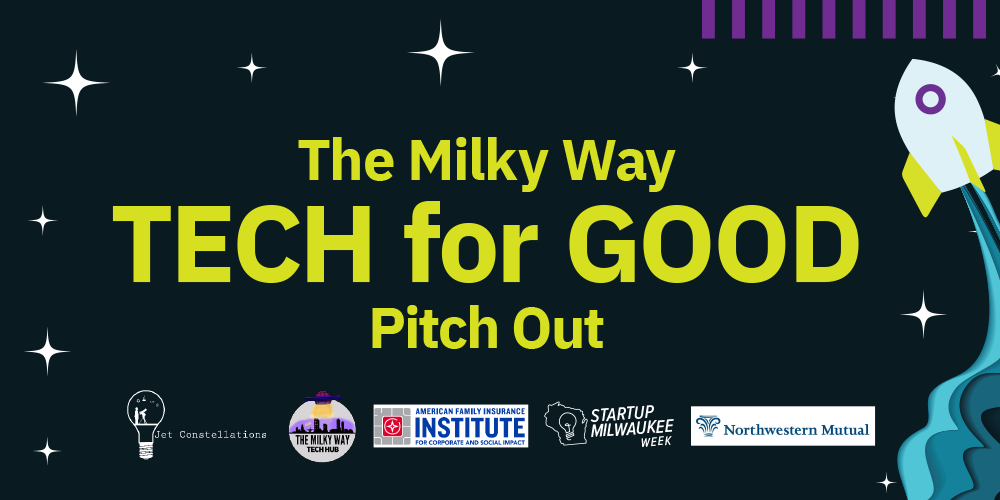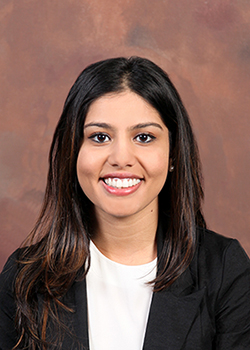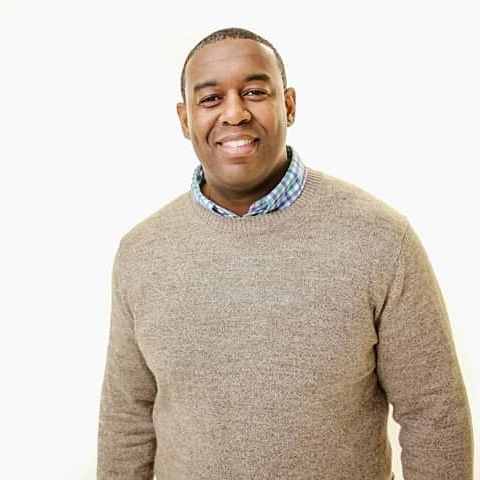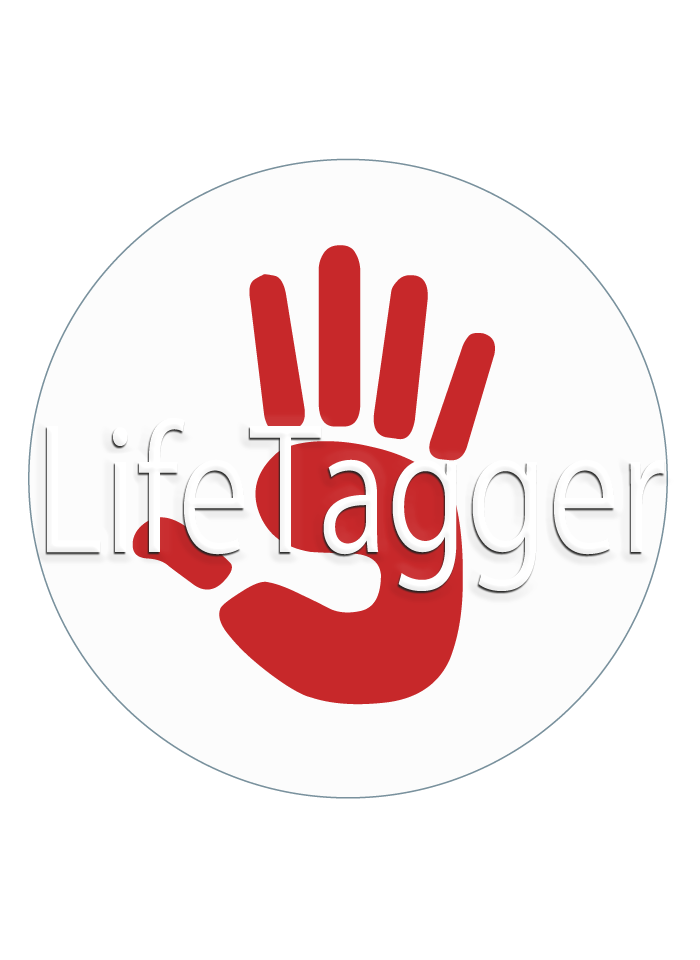
COVID-19 has taken us by storm. Our first article covering COVID -19 was posted on March 22nd. On that day Wisconsin had reached ~381 confirmed cases and 4 deaths. Today there are 3,555 confirmed cases and 170 confirmed deaths.. Of these numbers Milwaukee County has 2,040 cases and 114 deaths. That’s ~57% of the Wisconsin’s cases and 67% of total deaths in Wisconsin. .
When you take a closer look at Milwaukee County where the population is 38% Black, you’ll find that the percentage of the counties COVID-19 deaths are 53% Black . Black people are being disproportionately impacted by this virus. Why?
Reggie Jackson, a well respected community advocate and scholar recently, addressed this question in a published article in Independent Milwaukee.
It is a well known fact that there are significant disparities between the Black and White population in Milwaukee. Scholars have deemed racism to be one of the significant causes. In a recent article Reggie shared that research studies of Dr. David Williams, an expert on public health, show that “Increasing evidence indicates that racial discrimination is an emerging risk factor for disease and a contributor to racial disparities in healthcare”
Milwaukee has been labeled systemically dangerous for Black people. In 2019 County Executive Chris Abele declared racism as a public health crisis. Governor Tony Evers has been quoted saying that the impact the virus is having on Milwaukee County is a crisis within a crisis.
As COVID-19 continues to take a toll on Milwaukee and disproportionately affects people of color we need to answer the following questions:
- What is the government communication strategy to reach its most vulnerable communities?
- How are resources being equitably allocated to effectively address this crisis?
- How are COVID-19 tests made accessible to vulnerable populations in Milwaukee?
- How do we hold each other accountable to keeping each other safe as a community?
Suggestions on How to Flatten the Curve.
- We need community members (residents of Milwaukee) to be an active part of the decision making process alongside government officials
- Effective communication strategy to bring awareness to the importance of staying at home.
- Create and effective logistics plan for retail shopping to minimize COVID-19 exposure.
- Leverage technology to identify vulnerable communities.
- A close tracking of the health of those who were forced to risked their health to exercise their right to vote in the April 7th election.
Current Technology Solutions Addressing COVID-19 in Milwaukee:
Milky Way Tech Hub COVID-19 Chatbot
The Milky Way Tech Hub is working hard to address the health disparities in vulnerable communities as a result of COVID-19. The organization has created a chatbot accessible from facebook to bring more awareness to resources around COVID-19 and to address the recent health risks of April 7th election.
Here’s How You Can Help:
- Team is in need of people to help get the word out about the chatbot
- Team is looking for more resources to be added to the chatbot workflow
https://www.facebook.com/messages/t/Jetconstellations
Code for Milwaukee
Code for Milwaukee has identified 5 major projects that will help the citizens of the greater Milwaukee area to stay safe and healthy during the COVID-19 pandemic. Presented here are those 5 major projects, plus suggestions on how you can help.
Health Platform
- The Milwaukee Department of Health is looking to create a responsive web communication platform and notification system to help provide information to Milwaukeeans about health alerts and news.
- The goal of Health Platform is to allow individuals to quickly read notifications from DoH from their email, or SMS device. This platform would be utilized to help distribute information to citizens in Milwaukee.
Here’s How You Can Help:
- This team is looking for developers who can help set up an AWS environment to install a headless wordpress install and integrate it with AWS sns for message distribution. They may also need content creators and designers to help refactor information to best suit user needs.
Storytelling
There is a growing need to push stories to help ensure individuals understand the gravity of the COVID-19 and those impacted by it. It’s also extremely important to share inspiring stories about what people are doing/building out to help one another.
Storytelling is a powerful tool when you need to create impact. By connecting the audience with relatable stories we can bridge gaps and understanding to help fight against COVID-19.
Here’s How You Can Help:
- This team is in need of creatives and experts in video and storytelling to help us get the word out on COVID. From washing hands to celebrating the local heros. The more we can inform individuals through storytelling the great chances we have of flattening the curve.
Contact: zech@perennialhd.com
WeCountCovid19.com
WeCountCovid19.com is an online survey that people can use to report symptoms when they are sick, regardless of whether they have received a coronavirus test.
The goal is to reach every person in the US who is potentially infected with coronavirus. This is incredibly important because it will help to inform what we need to do, and we lack the test kits for this information.
Current status of the project:
- Survey is up and collecting data!
- The team is waiting on final confirmation that they can proceed with data analysis
- They are currently working on a pipeline to get raw survey data into published analysis on the website
Here’s How You Can Help:
- There is a need for people who are familiar with how to solve the problem of getting raw Qualtrics data into analysts’ hands, refreshed every day
- There is a need for people to maintain the website with new daily analysis updates
- This team is also looking for more data analysts, especially people good with creating geographical maps (preferred R or maybe Python)
- There is also a need to translate the survey into spanish or other foreign languages, and help adding this feature to the website
Other Info:
- Link to GitHub site
- Department of Public Works site TBA soon
Contact: Leader: Dr. Amy Kalkbrenner (kalkbren@uwm.edu), Dr. Brian Barkley (BrianBarkley@codeformilwaukee.org)
MKE Strong App
This app is your guide to local restaurants, retailers, artists and how to support them.
Milwaukee businesses and the thousands of people they employ are in distress. In an effort to assist our neighbors and curb the number of business closures, the MKE Strong app will highlight the myriad of different resources, charitable funds, business offerings, etc… available to those Milwaukee’s ready and willing to support their community.
Current status of the project:
- The app is up and running with over 300 listings.
- Next steps are to expand the number of listings and user reach.
Here’s How You Can Help:
- To enhance business listing growth this team needs volunteers to add more businesses and help make sure businesses know they can submit/edit their listing.
- To expand user and email subscriber growth. We need more people to do manual outreach to share this with their friends, family, employer, and moves/shakers in the community.
Contact: Paul Lemley (paul@lemleymedia.com)
Covid19inwi.com
This project provides case numbers and projections + a comprehensive listing of Milwaukee area resources for people in need, and ways for people to help fulfill that need.
Through this project you can find the most-up-to-date information on cases and estimates given trends and a growing evidence base, as well as a categorized listing of ways to get or give support.
Current status of the project:
- Site is up with everything mentioned above
- Form to add services and opportunities to help
- Digital Public Works page
Here’s How You Can Help:
- There is a need for someone to manage social media for the project and highlight 1-2 projects 2x/day
- Light UI/UX work to improve flow of the site.
Contact: Kyle Halleman (kyle.halleman@gmail.com) + Andrew Yaspan (andrew@codeformilwaukee.org)






































